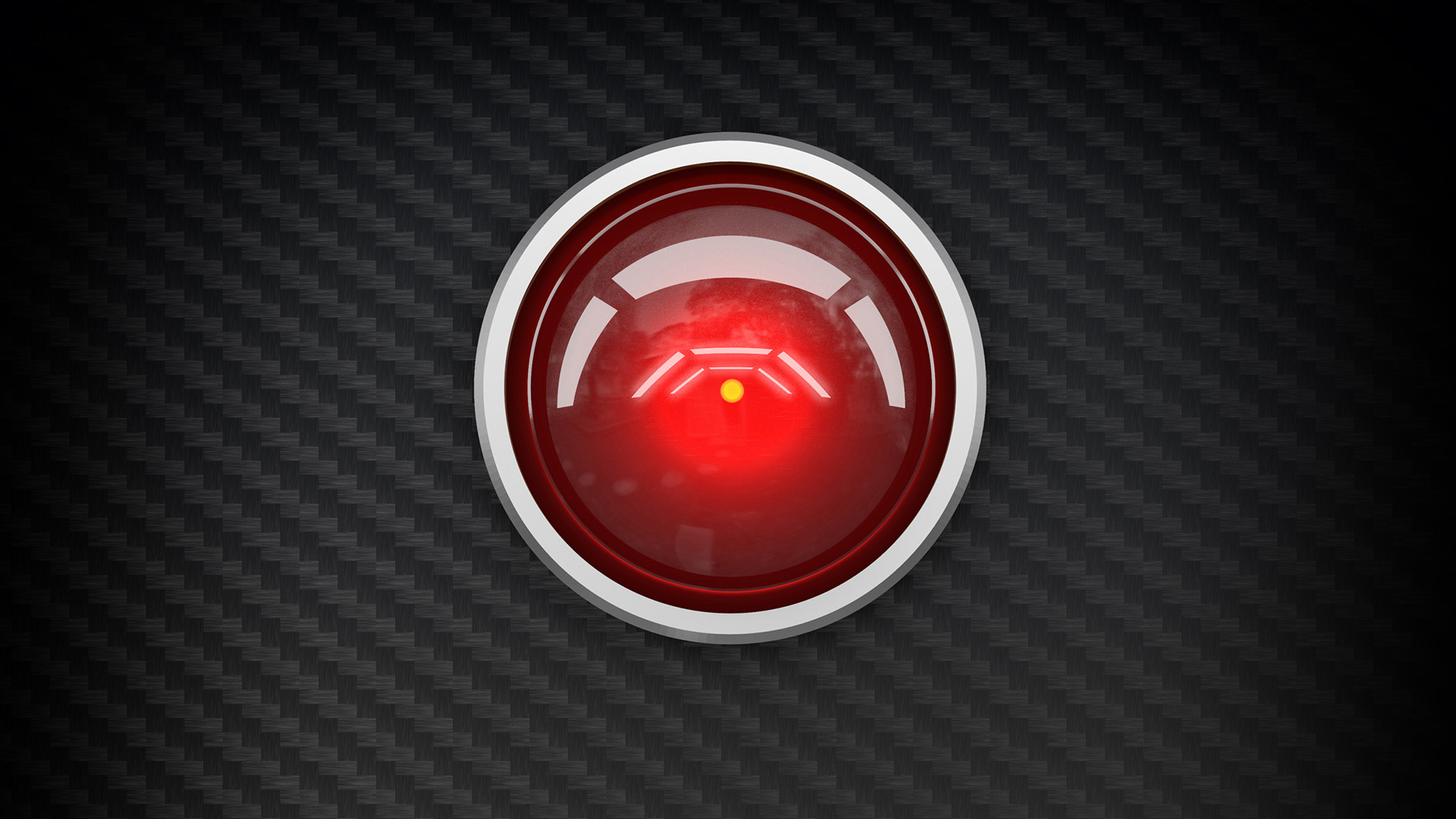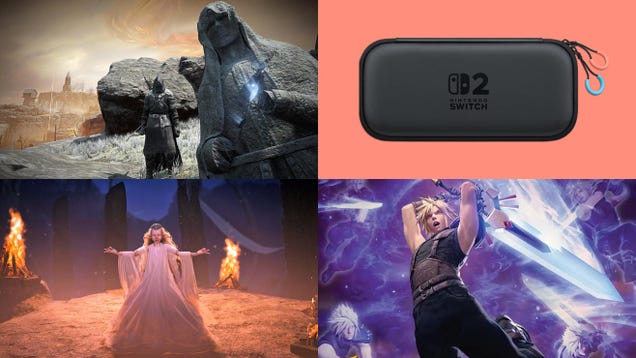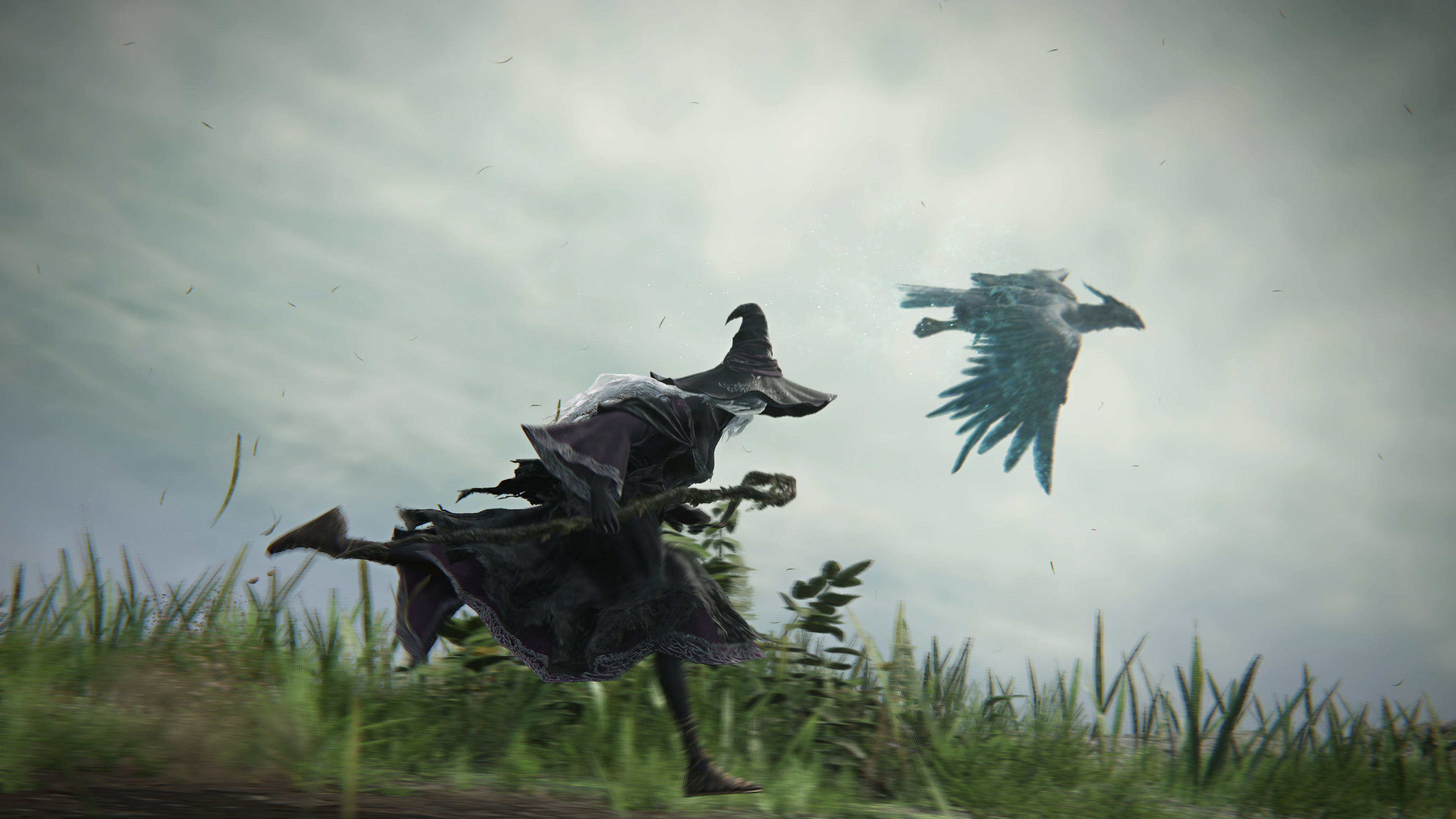
Old-school vocaloids do tend to generate a killer vibe thanks to pop culture, but the original voice synth sounds super cute.
It’s tough to hear an old-school vocaloid singing something and not immediately think of a killer AI. My brain has been taught that singing computers usually equates to dead humans, or at least a murderous intention, namely by Portal’s GLaDOS or 2001: a Space Odyssey’s HAL 9000. But if you really try to put that out of your mind, this computer singing for the first time in 1961 is surprisingly adorable.
The first computer to ever sing a song—or as we might call it today: run a vocal synthesiser—was the IBM 7094. Recorded by Bell Labs back in 1961, the room-scale mainframe machine was programmed to sing the 1892 banger Daisy Bell, the first time computer-synthesised vocals and accompanying music were played back on a computer.
John L. Kelly Jr., Carol Lockbaum, and Lou Gerstman, all expert researchers in their own right, worked on the project from Bell Lab’s office in New Jersey. The first step in making a computer sing was to choose a song. They landed on Harry Dacre’s Daisy Bell, also known as Bicycle Built for Two, as the song was relatively simple, well-known, and out of copyright, writes Ted Gioia in an article for The Honest Broker.
The instrumental accompaniment for the song was provided by Max Matthews’ widely used sound-generating program MUSIC from 1957, which had initially been created by hooking up a violin to an IBM 704, an older version of the IBM 7094, marking a breakthrough moment in digital music synthesising.
The impressive speech synthesis is overlaid on top of the backing track from Matthews, creating the rather adorable, if slightly spoiled by pop culture, sounds of a computer singing to humans for the first time.
And that exact song is what inspired Stanley Kubrick and Arthur C. Clarke’s sci-fi film 2001: A Space Odyssey, when the killer computer, HAL 9000, is singing the song Daisy taught to it by Mr. Langley as parts of it are disconnected.
And that retro ‘computer vocaloid’ sound is undeniably similar to the more jovial songs sung by GLaDOS at the end of Portal and Portal 2.
(Image credit: Colorwave)
Best gaming mouse: the top rodents for gaming
Best gaming keyboard: your PC’s best friend…
Best gaming headset: don’t ignore in-game audio
There’s something to be said about the adorable tone of all of these computers, rogue killers or otherwise. GLaDOS is a personable creation despite its twisted desires, and HAL 9000 was sticking to the mission protocol, I guess, just in what might be considered a macabre way by humans. It’s a sad moment when HAL sings as parts of it are disconnected, just as any Portal fan would be sad to see GLaDOS go. There’s something in that: maybe this particular brand of computer vocaloid is just plain adorable all the time, making it a wonderful mask for crueller intentions.
From the undeniably eerie voice of the ’60s to the tell-tale idol vocaloids of today: nowadays, we take digital music creation to be an everyday occurrence, and humans have seen fit to generate virtual mascots as a way to personify a specific vocaloid sound. There are loads of different vocaloid voicebanks out there, most famously Hatsune Miku from Crypton Future Media, built within Vocaloid software packages from Yamaha.



